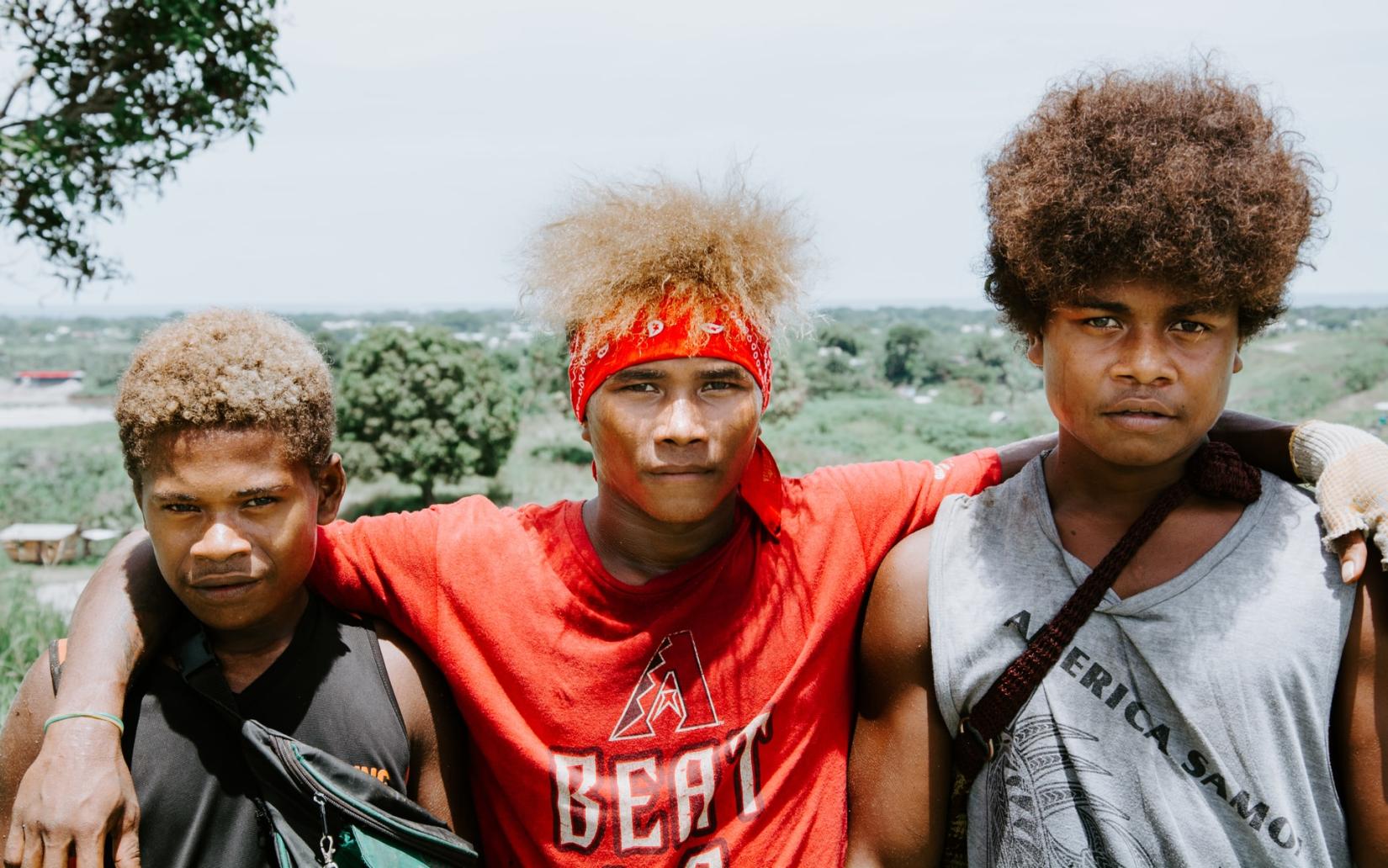4 Causes of Poverty in the Solomon Islands

The Solomon Islands consist of six major islands located east of Australia. Despite its rich and unique culture, the country still faces challenges related to poverty. There are four closely related causes of poverty in the Solomon Islands.
Ethnic Tensions
Between 1998 and 2003, the Solomon Islands experienced civil unrest. In September 1998, an armed group, the Guadalcanal Indigenous Revolutionary Army, attacked Malaitan inhabitants’ villages in the Guadalcanal Province. As a result, the governor-general of the Solomon Islands declared a state of emergency, implementing martial law.
Following the attack, Malaitan villagers fled to another island, Malaita. The violence stemmed from decades of economic inequality, with the Malaitan settlers being perceived as much more wealthy compared to the local populations. Income disparity and power caused tensions between islanders to boil over. Income disparity continues to be an issue for the Solomon Islands, particularly between its urban and rural populations.
Location
Being a country consisting of islands, the Solomon Islands are classified as a Small Island Developing State (SID). As such, the nation experiences isolation from the market and international transportation. While the Solomon Islands do have a developed domestic economy and are tapped into the international market, the far-off location of the country makes international transport to and from the Solomon Islands expensive, as well as cumbersome.
The country’s location is a heavy contributor to poverty in the Solomon Islands. Physical isolation from the main international markets means that the country has to spend much more time developing personal relationships with well-recognized markets in North America, Europe and Asia.
Industries
The country’s economy is dominated by agricultural industries, including logging, fisheries, copra, palm oil and cocoa. Logging alone accounted for 11% of economic growth in 2021. While these industries have consisted of more than 73% of all exports as of 2018, the current youth struggle to reconfigure their agricultural upbringing with an economy that strives to integrate into a global economy.
In 2022, approximately 74% of the Solomon Islands’ population remained rural. As a result, this segment of the population was largely dependent on semi-subsistence agriculture, fisheries and forestry. The rural population also used other small-scale, informal revenue streams from within the local communities.
Lack of Employment for Youth
As of 2021, 1.9% of the Solomon Islands’ youth are unemployed. These youth contend with increasing violence and a poor educational infrastructure. Without access to technological or telecommunication skills, youth are disadvantaged in trying to find employment globally. Instead, they may be forced to take up traditional, agricultural-based jobs. While these jobs may provide for youth in the short term, they result in long-term dissatisfaction. The country’s isolated location means that youth must either find work in the country or leave the country altogether.
Moving Forward
The Solomon Islands are already working toward improving its infrastructure. The National Adaptation Program of Action (NAPA) has analyzed some of the environmental causes of poverty in the Solomon Islands. It plans to rehabilitate coastal zones, helping to prevent erosion and other dramatic and negative climate changes. By preserving the environment of the Solomon Islands, NAPA hopes to improve a variety of livelihoods for the local population and lay the foundation for long-term sustainable development.
– Smriti Krishnan
Photo: The United Nations
Updated: May 29, 2024
